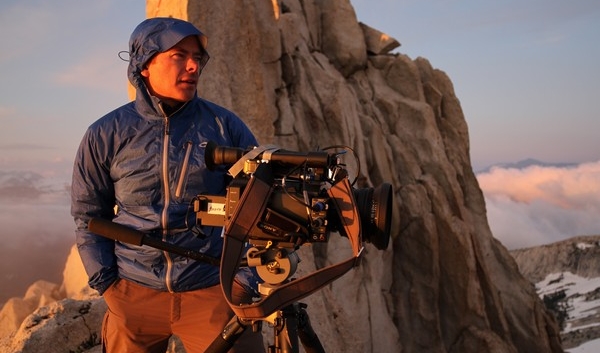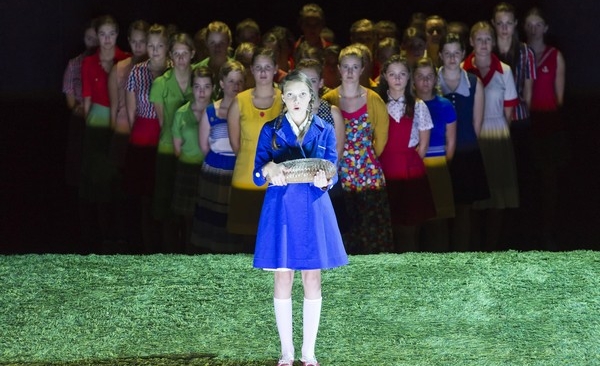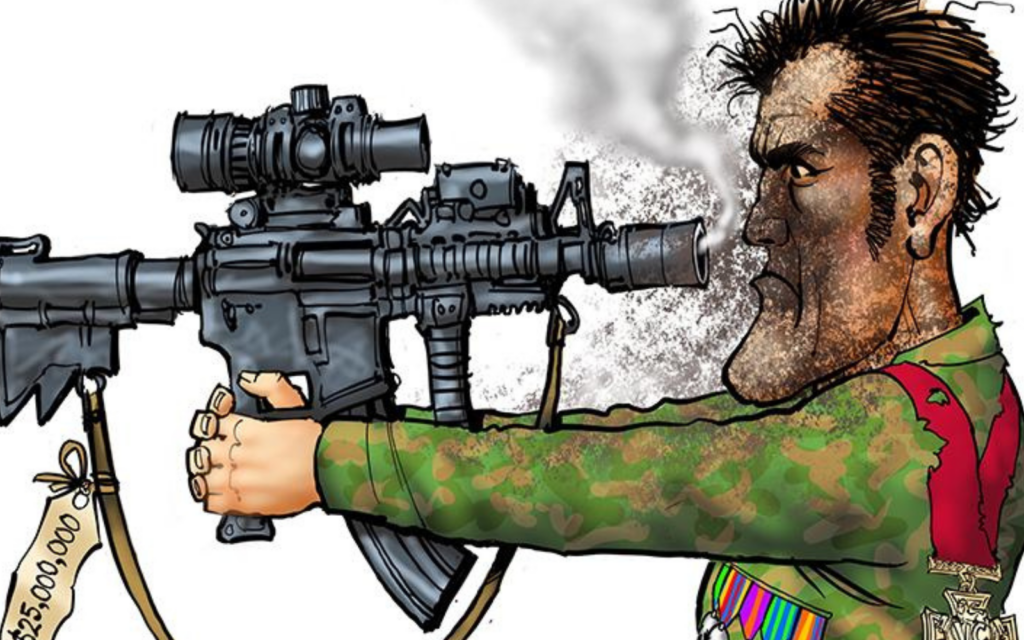However, given that his old man was a race car driving instructor, Smith was probably always destined to do something on the riskier side of the fence. Notwithstanding this, Smith’s quick to say that he’s not an adrenaline junky and never has been. “It’s funny, I was asked so frequently whether was a daredevil as a kid that I actually had to ask my mother whether or not I was,” he laughs. “Mum says no though. It wasn’t really the case. People on the outside often think that we’re adrenalin junkies or daredevils, doing crazy stuff, but there’re people out there doing way crazier stuff than me.”
Say the extreme athletes with whom he works for instance? It’s an interesting ethical question. “Does the camera push someone to do something that they may not have done otherwise? It’s a grey area,” he reflects. “Everyone wants to succeed and be a hero. I always hope that someone’s not doing it specifically for camera. In fact, we won’t work with people we know are doing it for the glory. It’s gotta be something that’s happening whether the camera’s there or not.”
Listening to Smith you realise that there’s no sense in which he’s foolhardy. For instance, he doesn’t deny being fearful – rather, he uses it as a tool. “Fear is an amazing asset,” he says. “When it doesn’t feel right or you get scared at a gut level, you have to listen to that and look for a reason why. It’s when you ignore it that there’s the potential for trouble. I pay attention and make a call about whether I’m just freaking out or it’s actually dangerous. If it’s the latter, then I have to look at what I can do to mitigate the risk – maybe I need to go another 50 feet higher to feel safer, but get the same angle.”
Another of Smith’s recent expeditions involved a trek through Kamchatka, the eastern-most peninsula in Russia, which he subsequently described as being the most challenging and life-changing of his projects. While he describes the experience, you start to get a better handle on why he does it – there’s a lot of romance in this. “No one had ever gone through Kamchatka with kayaks before,” says Smith. “There was no information about the rivers and very poor satellite data, which makes sense because it used to be a secret military zone. So, we were going in without much knowledge and our research only went so far. One person would tell you that the river was at this height at that time of the year and another person would say that there was no water. On other expeditions, even if we had all other kinds of rollercoaster rides, we at least had a baseline of knowledge, but that time, we just had to use gut instinct.
“Kamchatka’s one of the last truly wild places on earth. It really impacted on me in terms of what the word ‘wild’ actually means. There are a lot of great wilderness areas in the world, but we were coming out of Kamchatka with images of a landscape on which humans have had no impact and it’s been that way for thousands and thousands of years. There’s not many places left like that.”
You can also see why Smith’s so good at what he does. For instance, he’s got this thing called the “suffering quotient”, according to which nothing good comes easy. “For me, if I’m not working hard, or pushing it to where it gets hard, I’m not being challenged,” Smith muses. “If you’re not willing to accept failure from time to time, it probably also means that you’re not challenging yourself. I try not to suffer all the time, but I push hard for those images. When it doesn’t work, I try again. It might mean that you have to get up at three am not four. If you want to be successful at anything, there’s two ways – you either get lucky or you work really hard.”
And Smith definitely comes from the hard graft school. For instance, look at the way he came to work for National Geographic. “In a broad sense, I set my goals really high,” he explains. “National Geographic was a dream of mine. I made contacts along the way who became mentors and they told me that I had to be persistent, that the competition for working for National Geographic was fierce and for every 100 ideas you throw at them only one will stick. But I was very passionate and persistent. With the early ideas that I pitched, the feedback was that they were not good enough yet. If you don’t learn from that, you pack up and go home. I listened though and put my next ideas and the response was ‘that’s close but still not quite good enough.’ Then, with the Kamchatka idea, it was perfect: it hit the mark – that was exactly what they were looking for. It’s all about persistence.”
BY MEG CRAWFORD







